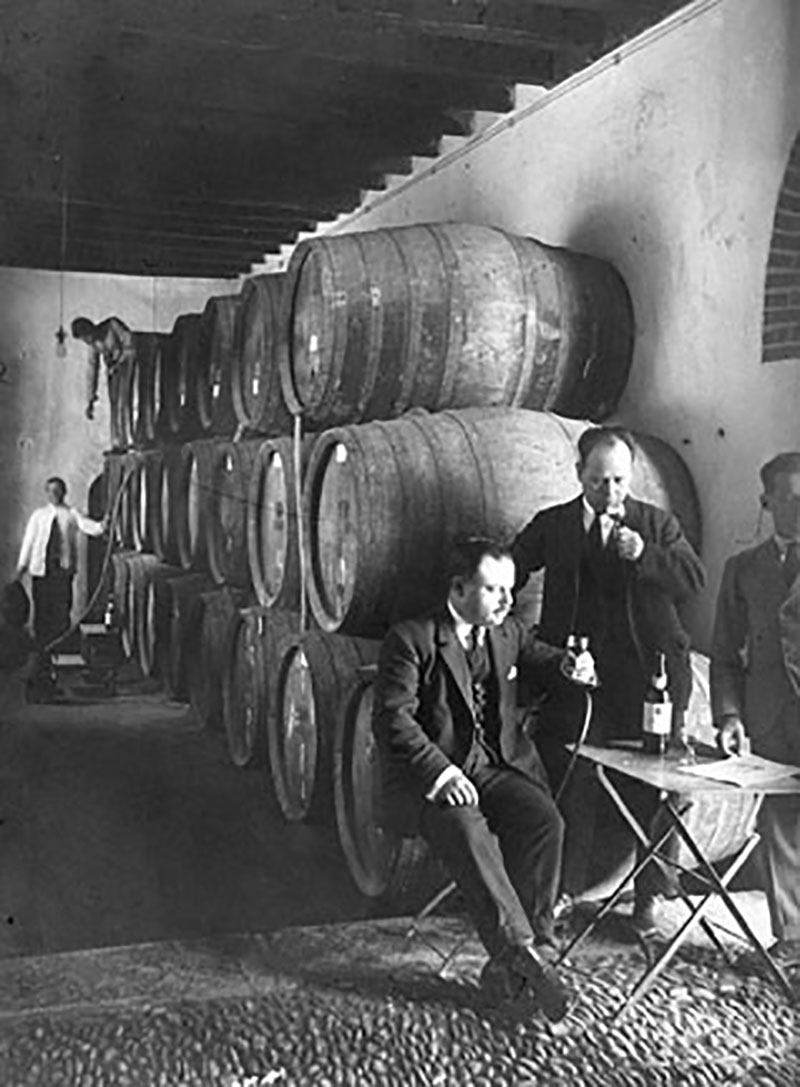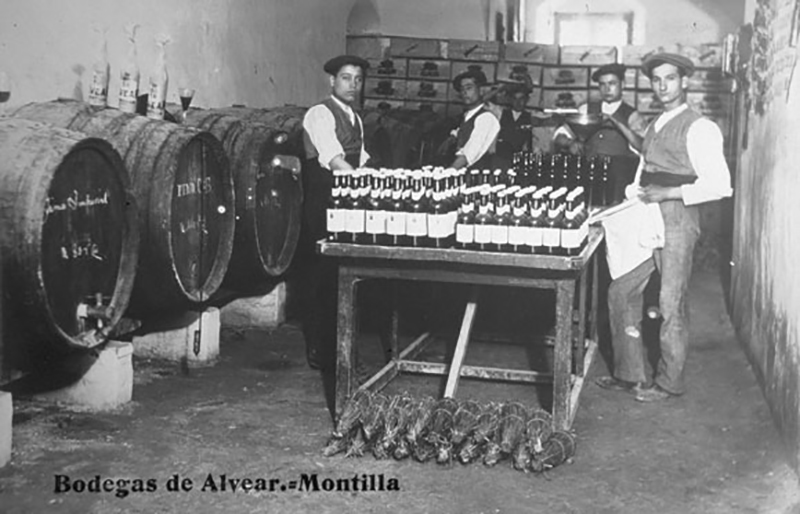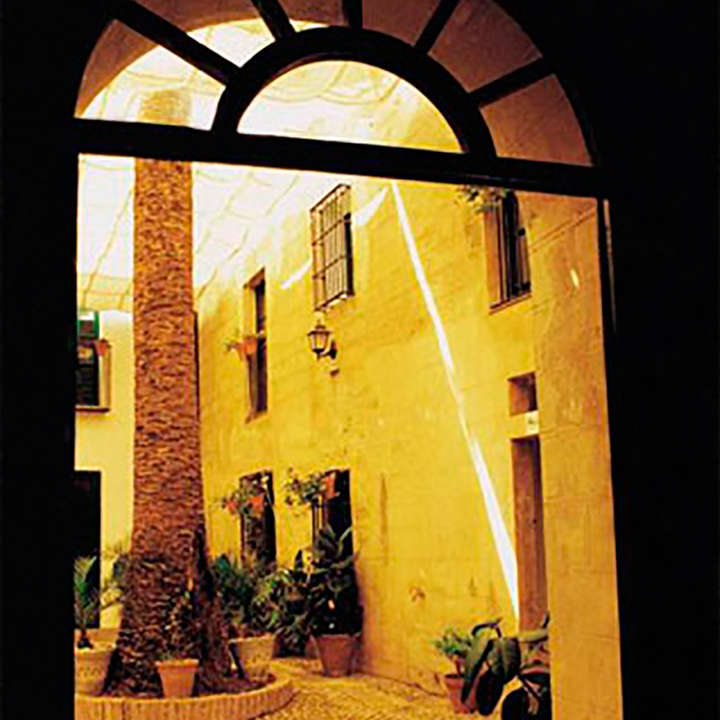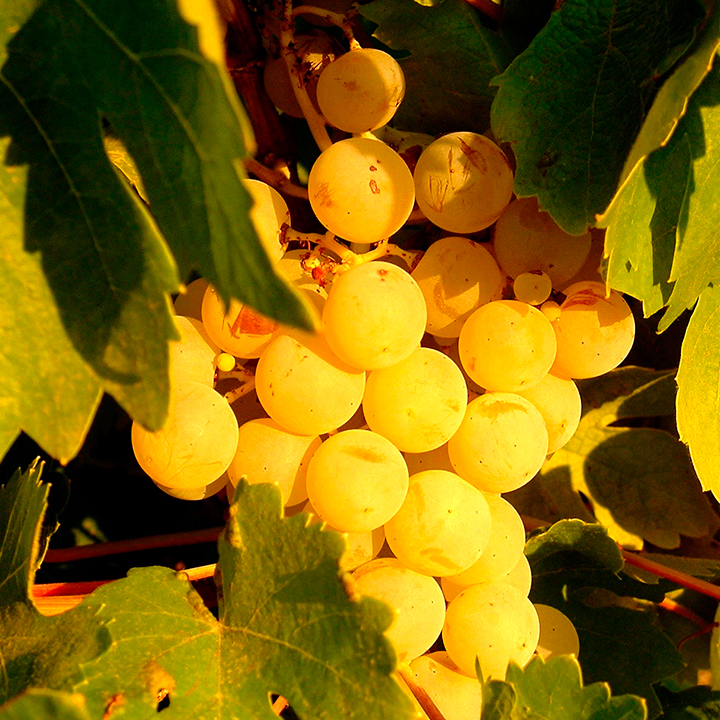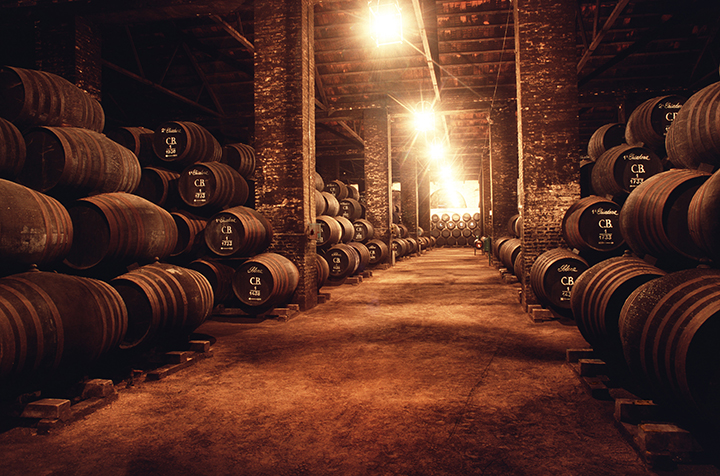The Alvear Family has its origins in the old neighbourhood of Trasmiera in the mountains of Burgos. In the early 16th century the family uprooted from its modest ancestral home in San Miguel de Aras, and settled in Nájera (La Rioja) subsequently relocating, some years later, to the province of Córdoba in Andalucía.
Juan Bautista García de Alvear y Garnica was born in Nájera on 18th July 1657. This prominent individual was Mayor of the ‘Noble Kingdom of Nájera’ and while performing his duties was posted to Córdoba in the role of ‘Royal Tax Collector’. Once in his new destination, and having being married before, he remarried a Cordobese noblewoman; a matrimony which gave rise to the birth of Diego de Alvear y Escalera, the first of the family wine saga.
In due course, Diego moved to Montilla where, as a result of being in such close contact with the elements of sea and sky, the seeds for his passion for the land were sown; a passion which would steer him towards the world of vineyards and wine and culminate with the construction of the Alvear bodega in 1729. The bodega was regarded as somewhat small and obscured at the time in what was then the close-knit labyrinth of Montilla, yet this reduced space, given over to wine butts and amphorae, was to become Diego’s most intimate universe.
Over time, Diego began to acquire large extensions of land in the region, becoming one of the most important land-owners in the city. Together with his son, Santiago, he took the bodega to unprecedented heights, never before imagined in Montilla, when he won a contract to ship wine to England in the late 18th century.
One of Diego’s most famous heirs was Diego de Alvear y Ponce de León who, during his lifetime from 1749 to 1830, combined his winemaking vocation with his eventful military and political career, having captained the frigate ‘Mercedes’, which was sunk in the Battle of Cape St Mary by the British, and has recently been brought to light again thanks to the shipwreck recovery firm, Odyssey.
Also from that period, and famous in his own right, is the assistant who Diego de Alvear y Ponce de León brought with him from Argentina, Capataz Billanueva, who would eventually become his right-hand-man. From its beginnings Bodegas Alvear has always maintained a close relationship between Spain and Argentina, a bond which still remains strong today.
Capataz Billanueva (C.B.) used to mark the barrels containing the best wines from the sierra with his initials, giving rise to the ‘Alvear style’ that brought together the characteristic modernity and homogeneity that distinguished the bodega’s wines; characteristics that are still present today in ‘Fino C.B.’, a centuries-old wine and the company’s most well-known brand.
Throughout its 284-year long history, Bodegas Alvear has managed to hold on to its family traits, passing ownership from parent to child so that currently the business is in the hands of the eighth generation.
Over the years, each one of the family’s successive generations has contributed its very own grain of sand to the business; both in the bodega’s strive towards state-of-the-art technology, as well as in its determination to preserve its architectural heritage.
This historic bodega has successfully managed to combine and put into practice the extensive experience of a privileged land and a dedicated family in order to produce exceptional wines.

